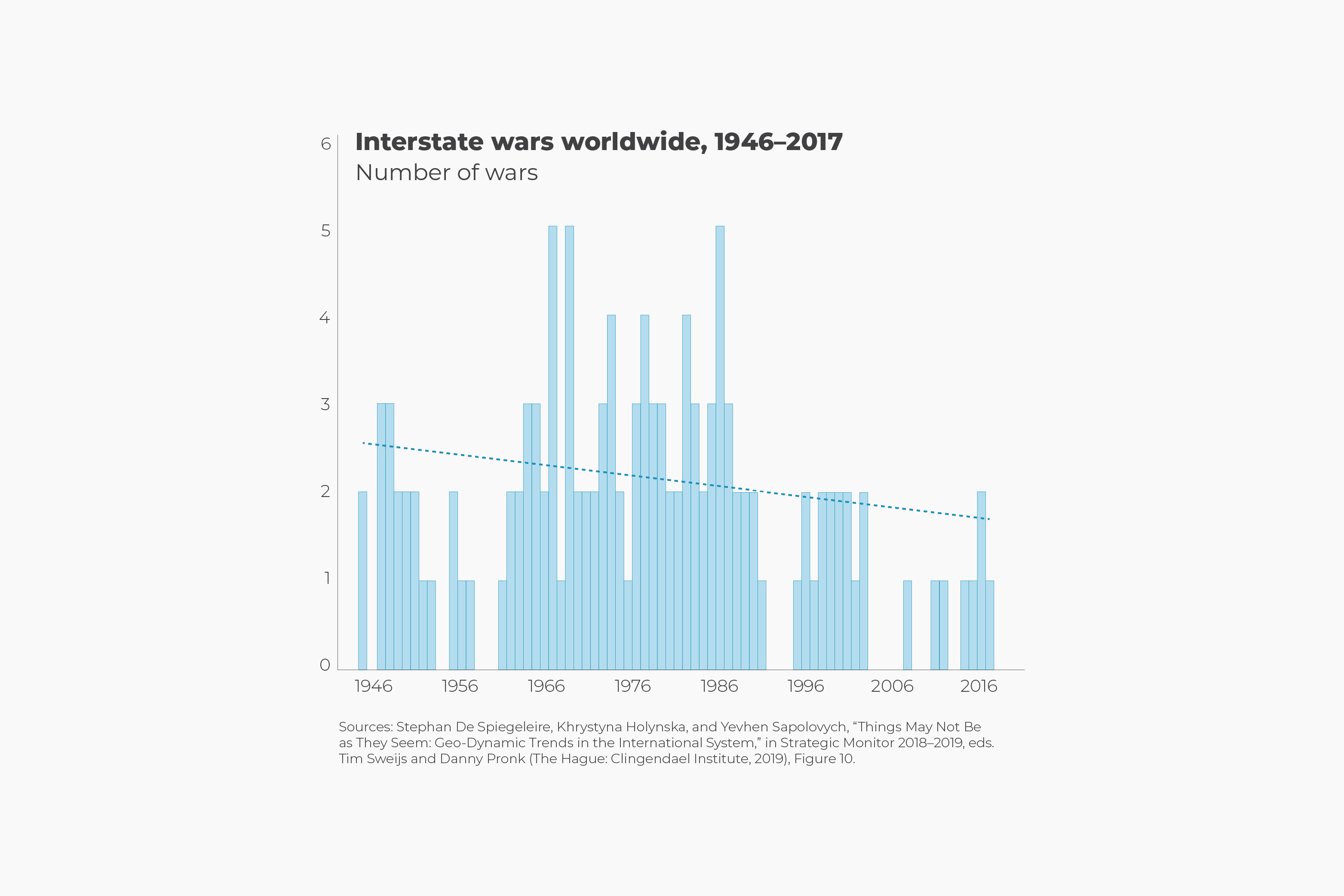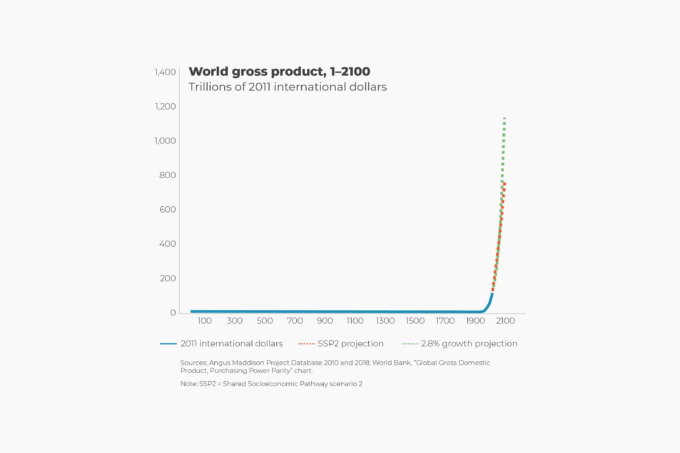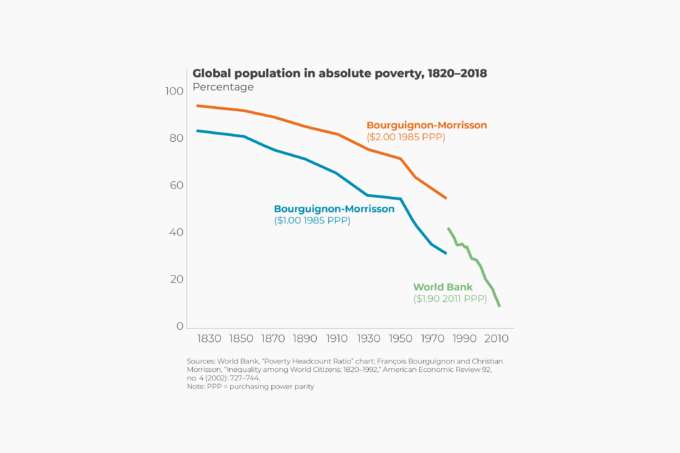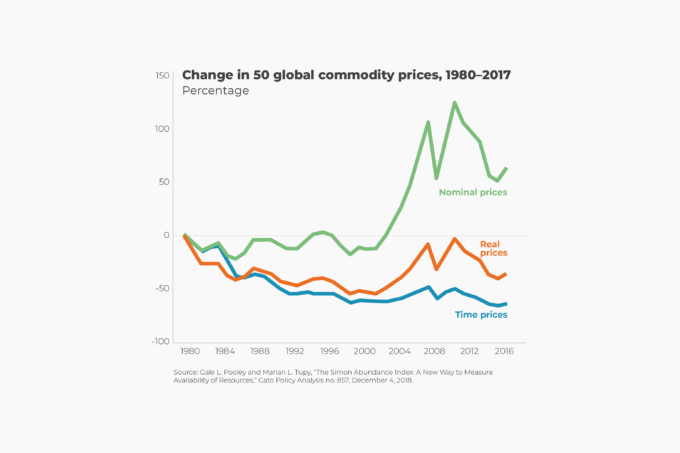Over the past half century, wars between countries have become rarer, and those that do occur kill fewer people. A 2017 RAND Corporation report on global trends in warfare observes: “The incidence of armed conflict in the world ha[s] actually decreased substantially in the past few decades, although spiking up in 2014–2015. Interstate war (that is, war between states) has become a rare event.”
One common way to measure the global trend in armed conflicts is to count annually the pairs of countries that are engaged in warfare with one another. The decades after World War II saw a wave of decolonization along with the collapse of the Soviet Empire in the 1990s, resulting in the number of sovereign countries growing from approximately 50 in 1946 to nearly 200 today. Intuitively it would seem that the possibility of war between sovereign countries might rise as their numbers multiplied. However, the trend in the number of interstate wars has generally been downward since the end of World War II.
A Clingendael Institute report points out that the trend in interstate warfare has declined as more countries have become simultaneously democratic, wealthy, and economically intertwined in recent years. As a result, our relatively pacific era has been characterized as the “democratic” or the “capitalist” peace. The 2017 RAND Corporation report also projects through 2040 that interstate wars will likely continue to decline.








